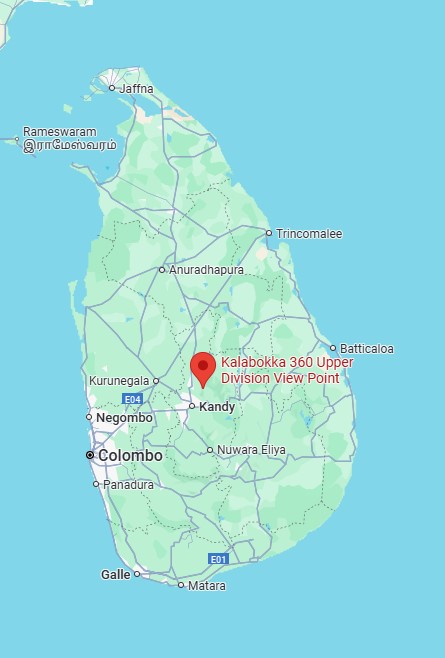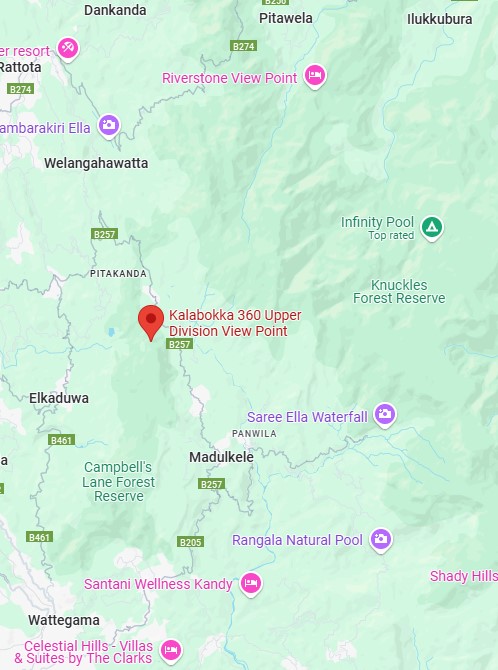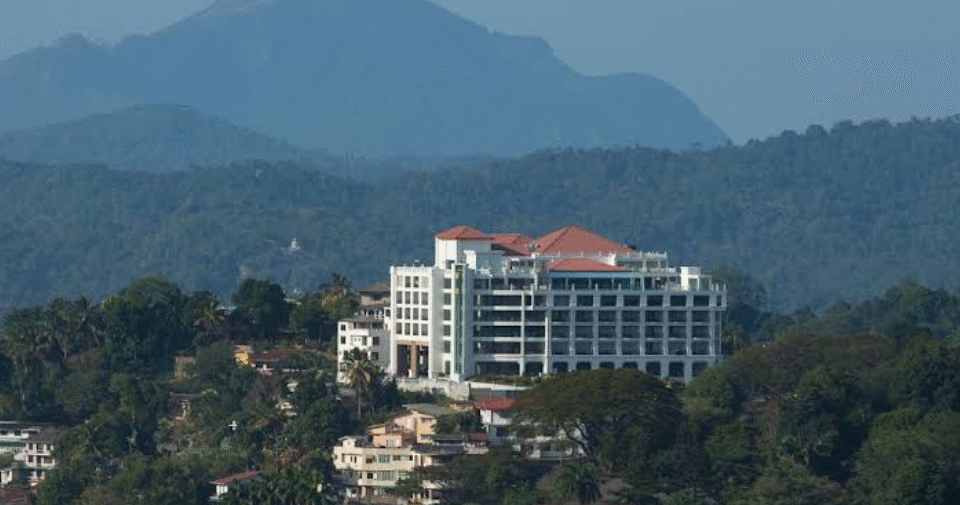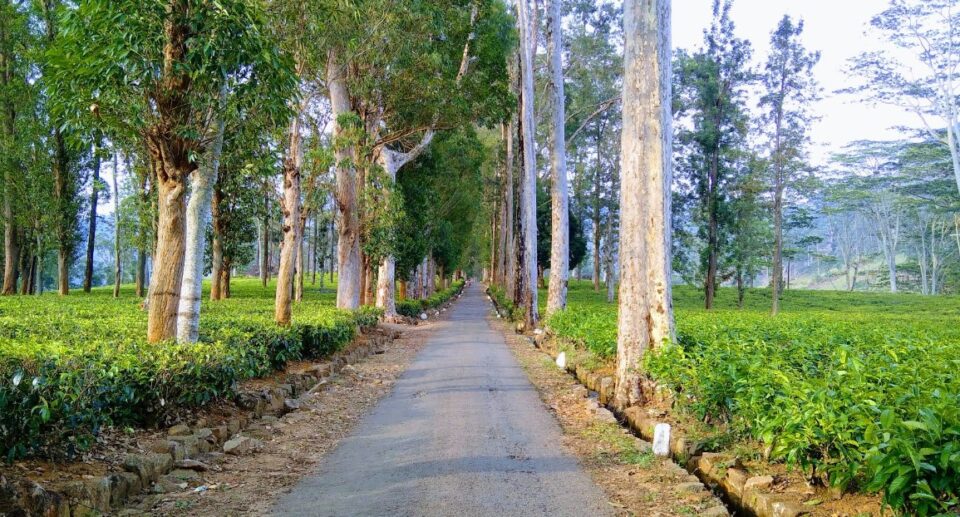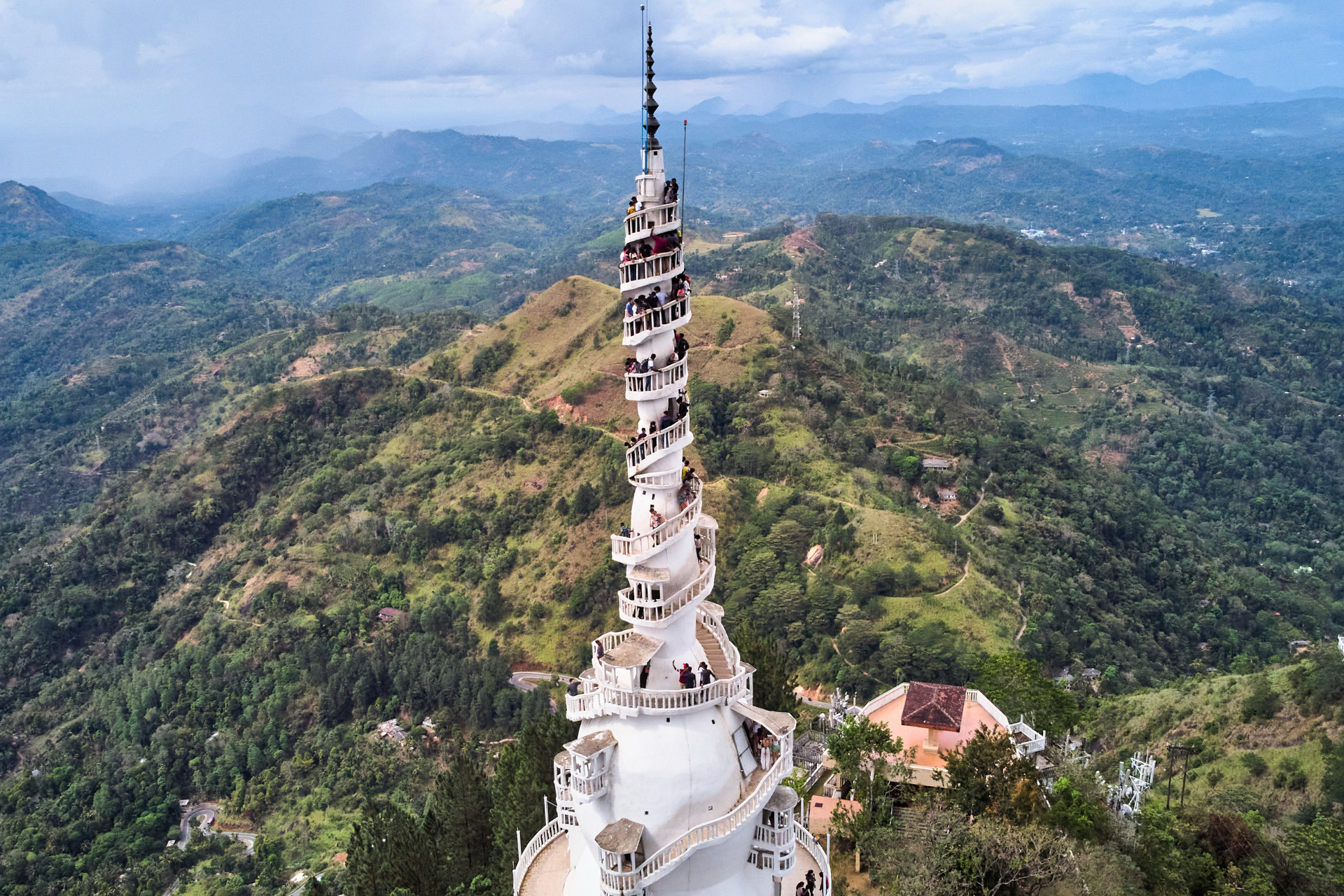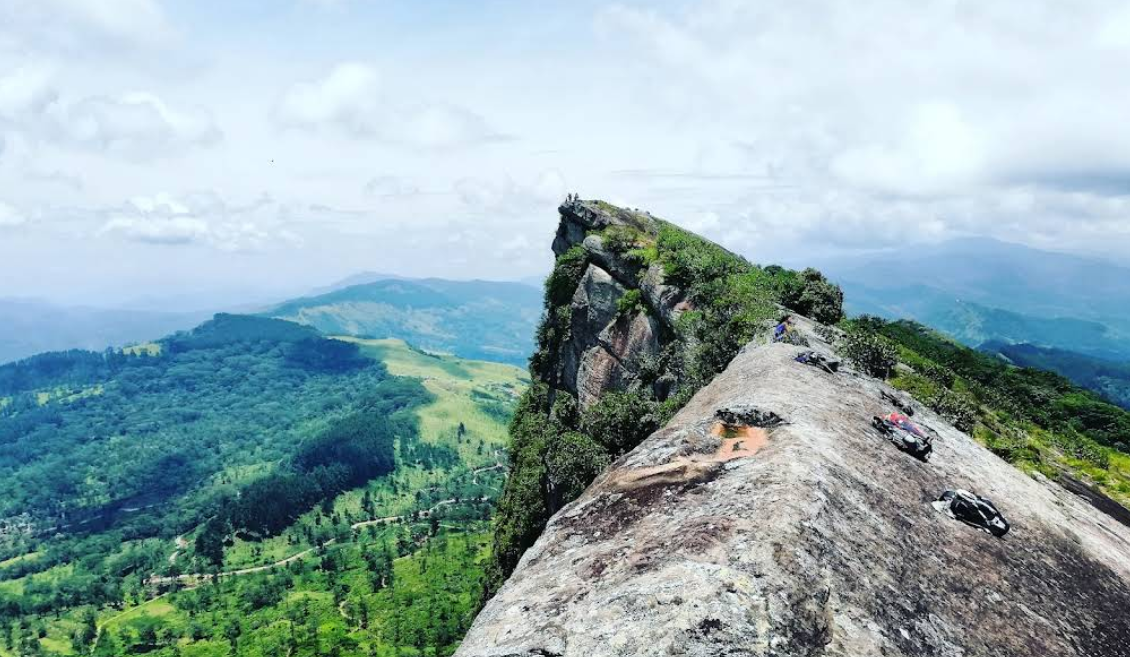Kale Bokka: A Hidden Paradise in the Central Highlands of Sri Lanka
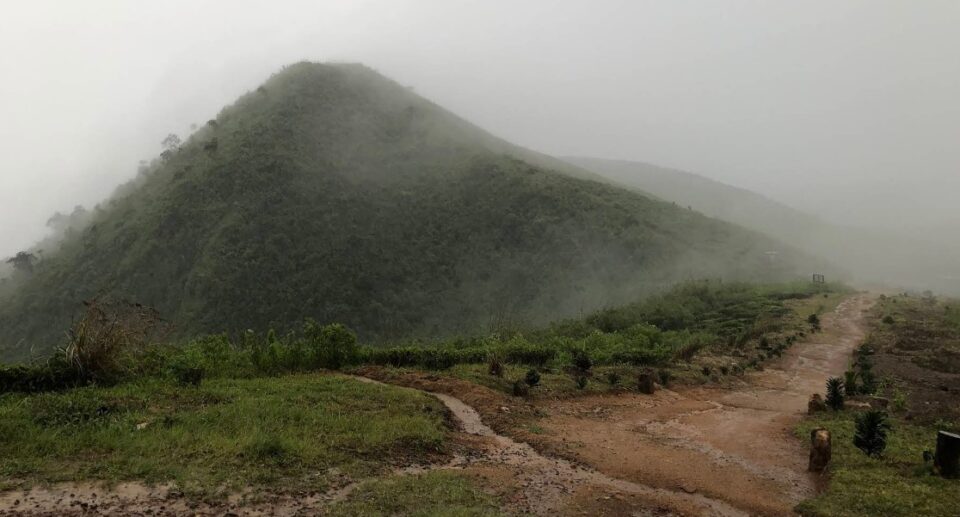
Concealed in the middle highlands of Sri Lanka, Kale Bokka (also spelled Kallebokka) is among the island’s better secrets. Located at the border between the Matale and Kandy districts, this spot offers wide 360-degree views of rolling hills, misty valleys, and distant mountain ranges. Although comparatively lesser visited than mass tourist destinations such as Ella or Nuwara Eliya, Kale Bokka has grown in popularity among nature enthusiasts, trekkers, campers, and photo enthusiasts for its virgin beauty and serene environment. This essay investigates the geographical importance, ecological diversity, travel experience, and cultural significance of Kale Bokka, and provides guide tips to visitors.
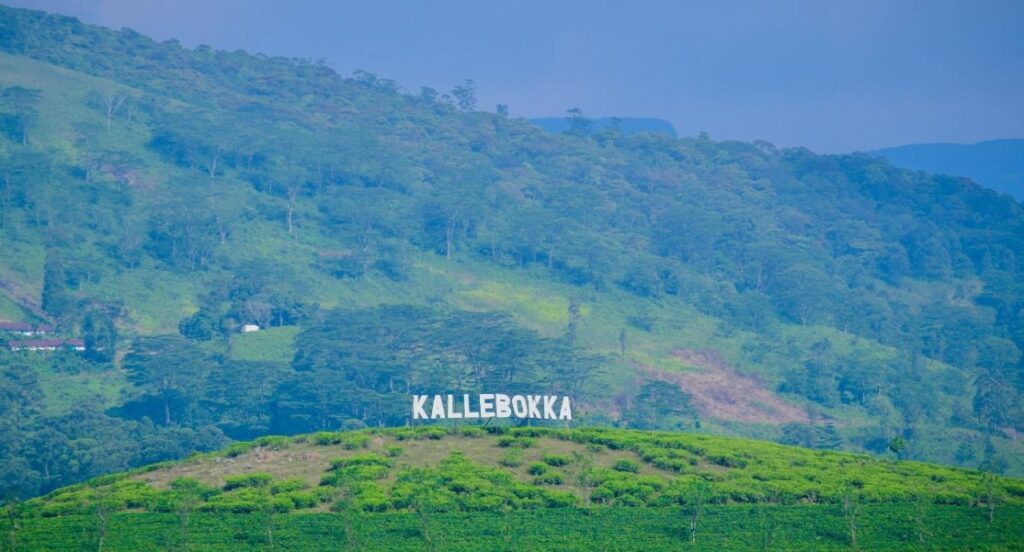
Location and Geography
Kale Bokka is a village named Panwila, which is located in the Central Province of Sri Lanka. The observation point is on top of a chain of hills, providing views over several districts on a clear day. Standing over 1,200 meters (approximately 4,000 feet) above sea level, Kale Bokka lies deep in the island’s mountainous region, near the Knuckles Mountain Range—a UNESCO World Heritage Site known for the diversity of flora and fauna.
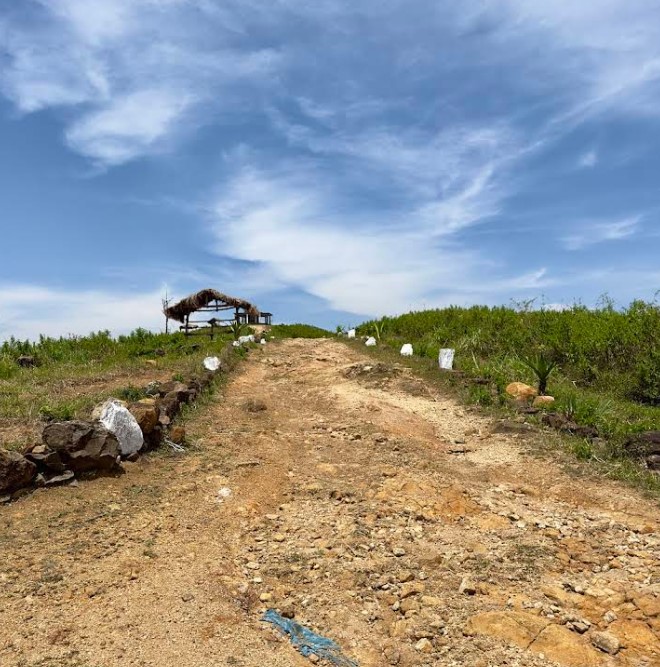
The drive to Kale Bokka is scenic and varied. Travelers from Kandy usually take the Madulkelle path, which is a region with tea gardens and nature lodges. From there, narrow and twisting roads meander through patches of dense jungle, tea gardens, and fog-covered valleys before getting to the base of the vantage point of Kale Bokka.
Ecological Richness
The landscape around Kale Bokka lies in a biologically diverse region that features montane forests, grasslands, and tea plantation estates. It is not uncommon for the visitors to see endemic butterflies, birds, and small mammals along trails to the viewpoint. The air is fresh and crisp, and the surroundings are not much altered relative to other commercialized tourist areas. The flora is composed of a mixture of wildflowers that are native, ferns, orchids, and shrubs depending on the season.
The weather in this area is mostly cool with temperatures ranging from 10°C to 22°C, so it’s an enjoyable destination to visit for most of the year. Morning fogs and the occasional shower in the afternoons give the area an ethereal ambiance.
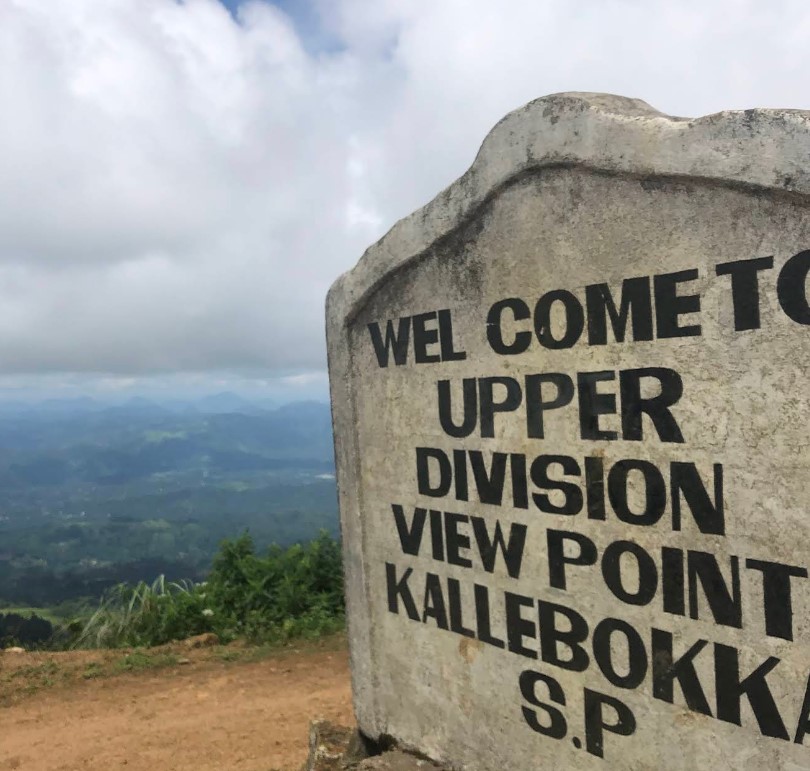
The Viewpoint Experience
Kale Bokka is famous for its 360-degree view. From the top of it, the tourist has a dreamlike visual treat: rolling hills disappearing into the horizon, the shimmering surface of Sembuwatta Lake to the south, and the far-off outlines of the Knuckles range to the east. The kaleidoscope of colors of the sky during dawn and dusk is an experience almost extraterrestrial.
Camping at Kale Bokka is another popular activity, especially with domestic tourists. There are a couple of bungalows and shelters, but some travelers opt to put up tents and enjoy the open night sky. On a clear night, the Milky Way is visible without any light pollution—perfect for stargazing and astrophotography.
Historical and Cultural Relevance
While Kale Bokka itself is not a significant historical site or ancient temple in its heyday, the region holds deep cultural and religious significance. The Central Province is a well-established cradle of Sinhala Buddhist culture. There are quite a number of old temples, caves for meditation, and forest monasteries not too far from Kale Bokka, some of which are frequented by monks to be alone and in silence.
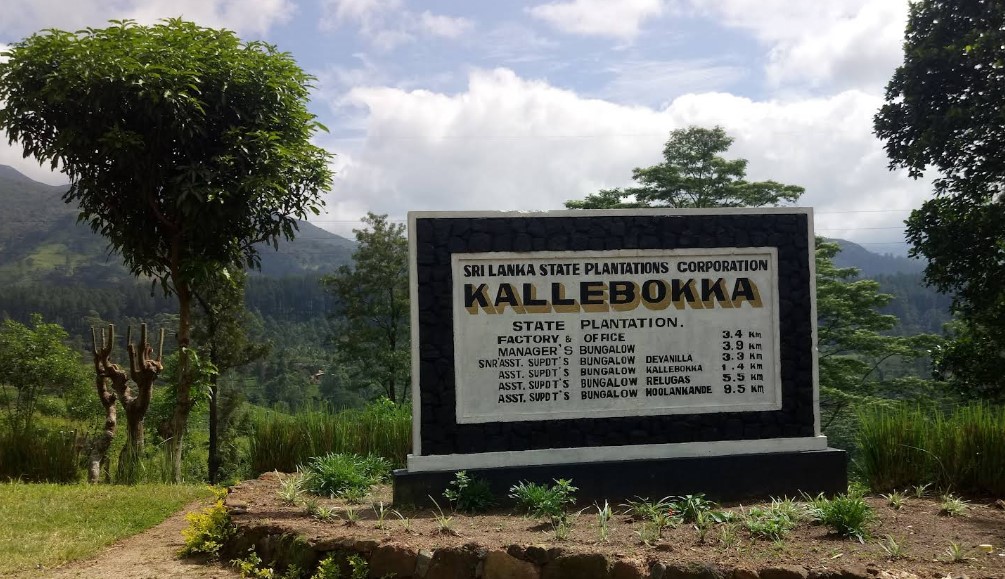
The surrounding Knuckles region is also sacred in Sinhalese lore. And locally dubbed Dumbara Kanduvetiya (literally, “Mist-laden Mountain Range”), the hills are said to be inhabited by devas and ghosts in local legend. Kale Bokka has been dubbed a place of calm and reflection, if not outright worship, by some tourists and pilgrims.
Travel Tips for Visitors
Best Time to Visit: The best time to visit Kale Bokka is between December and April when the climate is quite dry and skies are clear. Early morning and late afternoon provide the most spectacular views.
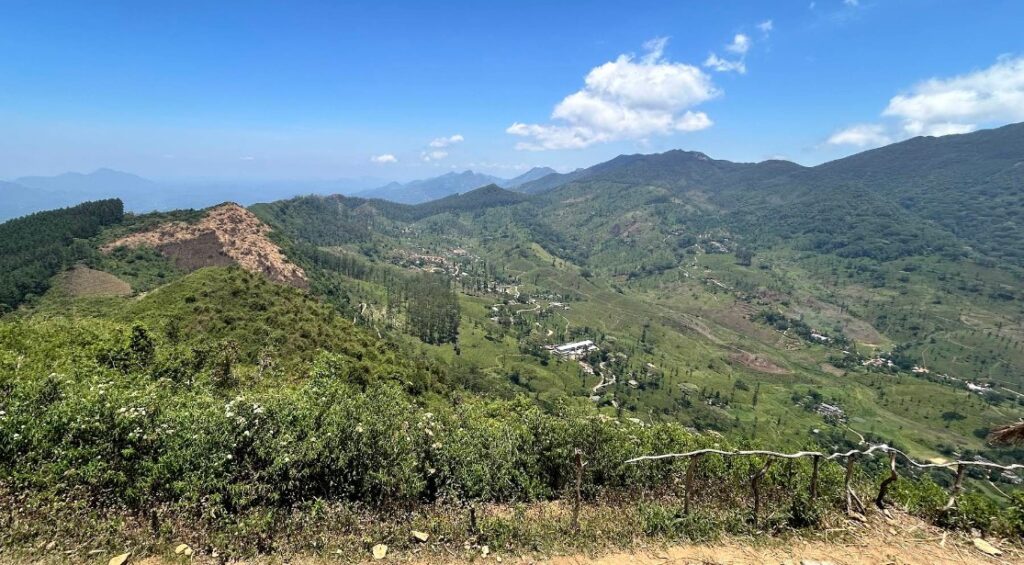
Getting There: Follow the road through Wattegama and Madulkelle from Kandy. The last 3 to 5 kilometers can be done with a vehicle with a high ground clearance, or else walk from the nearest motorable point.
Accommodation:
Basic bungalows and lodges are available near Kale Bokka. Eco-lodges are also present in Madulkelle or camp at the viewpoint.
What to Bring: Warm clothing (it gets cold at night) Flashlight or headlamp Reusable water bottles Snacks or instant meals First-aid kit Binoculars or camera

Responsible Travel: The area is pristine because of the few visitors. Visitors are asked to take Leave No Trace morals—take back everything they pack in, be silent, and tread lightly on the native vegetation and wildlife.
Why Kale Bokka is Unique
What makes Kale Bokka so special is how serene it is. Unlike more urbanized places, there are no rowdy crowds, no food vendors, no litter, and no commercialization. Nature has preserved this area as a reward for everyone who is not hesitant to venture down the lesser path. This sense of silence and harmony with nature is what brings most travelers back time and time again.
In addition, it is a place you can unwind—no phone reception, no social media distractions—just wind rustling through trees, endless skies, and the soft song of birds and wind. For meditators, journalers, and artists looking for inspiration, Kale Bokka is the perfect ambiance.
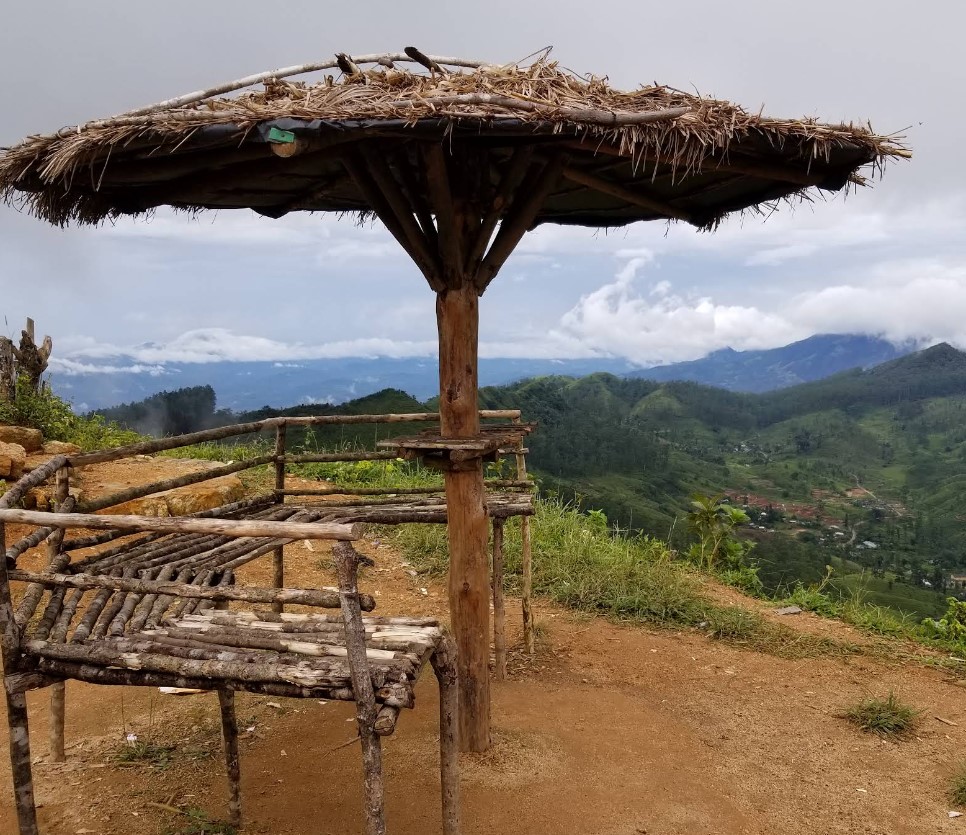
Potential for Eco-Tourism
As the popularity of eco-tourism and sustainable travel is growing, Kale Bokka will be a model for responsible tourism in Sri Lanka. Its natural beauty, with minimal human intervention, presents itself as a best chance for conservation-oriented tourism developments.
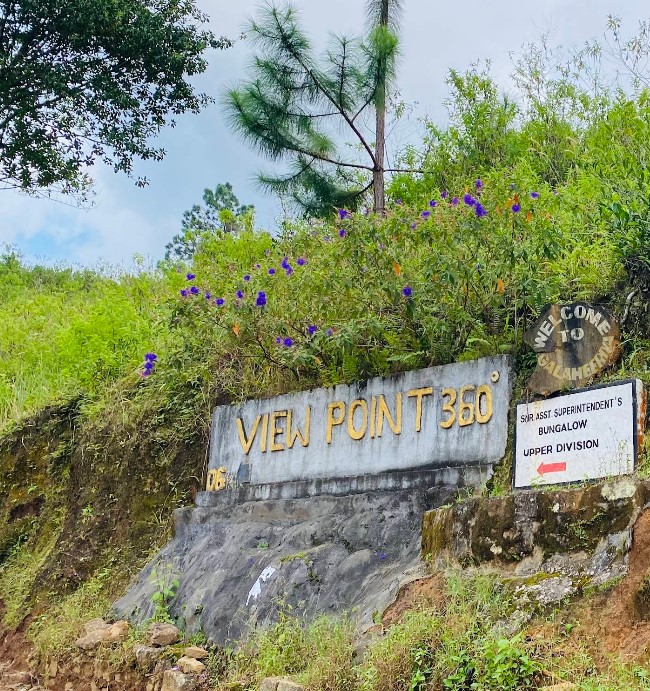
With effective planning and support from local villagers, this site can generate income for the villagers without compromising its environmental and cultural value.
Kale Bokka is not a sight—it’s an experience. It is a place that combines the raw beauty of nature and the serenity of a place of spiritual refuge. You may be a traveler wanting to explore Sri Lanka’s uncharted terrains, a photographer searching for the perfect sunrise shot, or just someone who wants to get away from the noise of urban living—whatever it is, Kale Bokka has something valuable and worth remembering to share.
In a country of shiny attractions, Kale Bokka stands out not for glamour or fame, but for genuineness. It is a reminder of what we can experience when we make time to take it easy, venture off the main roads, and listen to the earth itself.
How to Go to Kale Bokka (Kallebokka Viewpoint) – Sri Lanka Travel Guide
Kale Bokka (or Kallebokka) is located near Panwila in the Kandy-Matale region of Sri Lanka. The location is a hilltop viewpoint with breathtaking 360-degree views, and it’s accessible but remote—so a little planning is required.From Kandy (Approx. 40–50 km | 2–2.5 hours)
Tuk-tuks can manage, but drivers must be experienced with hill terrain
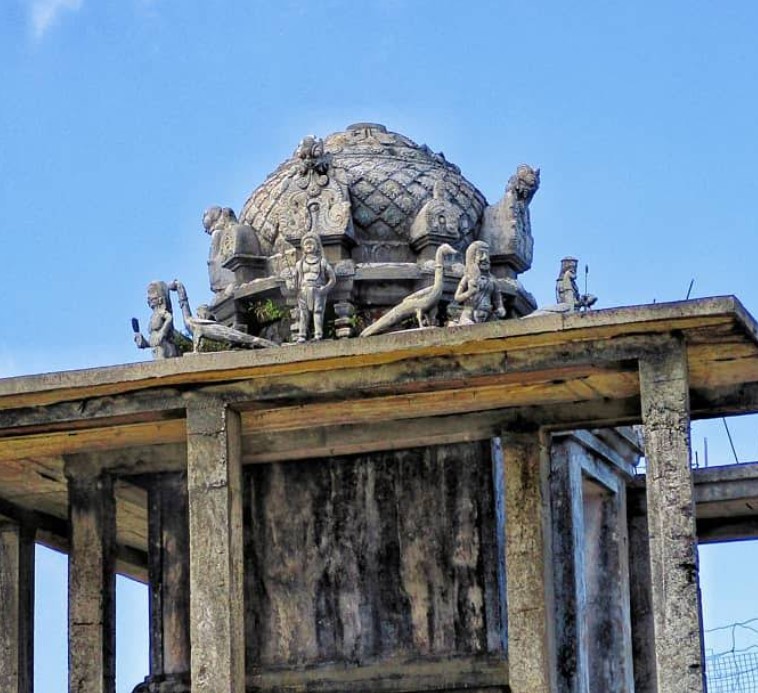
Route:Kandy → Katugastota → Wattegama → Panwila → Madulkelle → Kabaragala → Kale Bokka
Detailed Steps: From Kandy, head toward Wattegama on the A26 road.
from – Wattegama, take the turn to Panwila. Continue uphill through Madulkelle, a scenic area with tea estates.
Follow the narrow, winding road through Kabaragala village.
After Kabaragala, you’ll reach a point where vehicles can go no further. Hike the last 1–2 kilometers to reach the Kale Bokka Viewpoint.
Vehicle Type:
The final stretch is a rough, unpaved road. A 4×4 vehicle or motorbike is recommended.
Hiking Option
- If your vehicle can’t make it to the top, you can park at the last accessible point and hike to the viewpoint.
- The hike is steep but short (~30–45 minutes).
- You’ll walk through tea plantations and small forest paths.
Best Time to Visit
- Early morning (sunrise) or late afternoon (sunset) for the best views.
- Dry season (December–April) is ideal for safe travel and clearer views.
